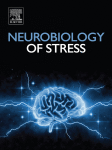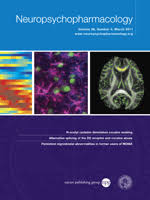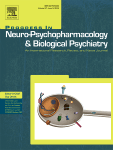Aktuelle Publikationen

Andre Dik, Roja Saffari, Mingyue Zhang, Weiqi Zhang (2018) Contradictory effects of erythropoietin on inhibitory synaptic transmission in left and right prelimbic cortex of mice. Neurobiology of Stress 9: 113-123; doi: 10.1016/j.ynstr.2018.08.008.
Abstract:
Erythropoietin (EPO) has been shown to improve cognitive function in mammals as well as in patients of psychiatric diseases by directly acting on the brain. In addition, EPO attenuates the synaptic transmission and enhances short- and long-term synaptic plasticity in hippocampus of mice, although there are still many discrepancies between different studies. It has been suggested that the divergences of different studies take root in different in-vivo application schemata or in long-term trophic effects of EPO. In the current study, we investigated the direct effects of EPO in slices of prelimbic cortex (PrL) by acute ex-vivo application of EPO, so that the erythropoietic or other trophic effects could be entirely excluded. Our results showed that the EPO effects were contradictory between the left and the right PrL. It enhanced the inhibitory transmission in the left and depressed the inhibitory transmission in the right PrL. Strikingly, this lateralized effect of EPO could be consistently found in individual bi-lateral PrL of all tested mice. Thus, our data suggest that EPO differentially modulates the inhibitory synaptic transmission of neuronal networks in the left and the right PrL. We hypothesize that such lateralized effects of EPO contribute to the development of the lateralization of stress reaction in PFC and underlie the altered bilateral GAGAergic synaptic transmission and oscillation patterns under stress that impact the central emotional and cognitive control in physiology as well as in pathophysiology.





